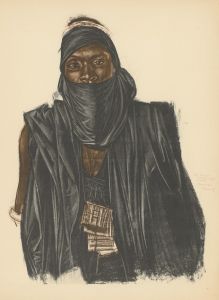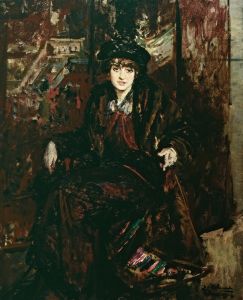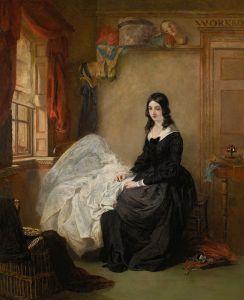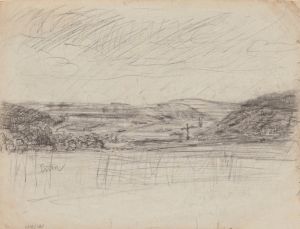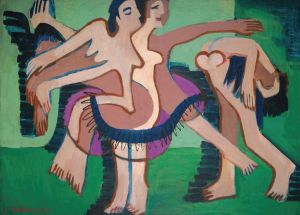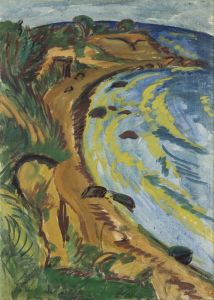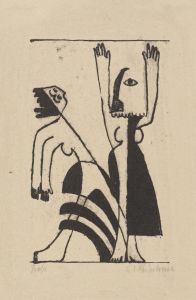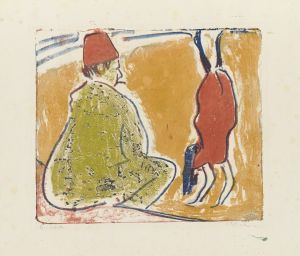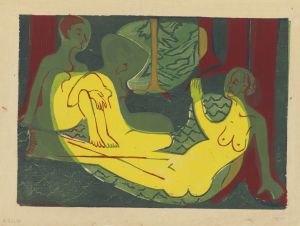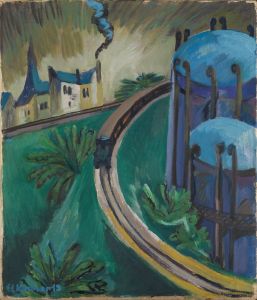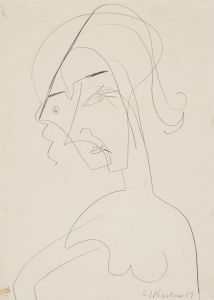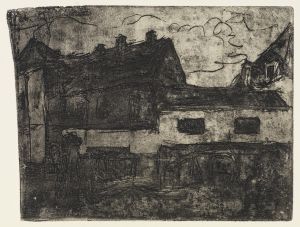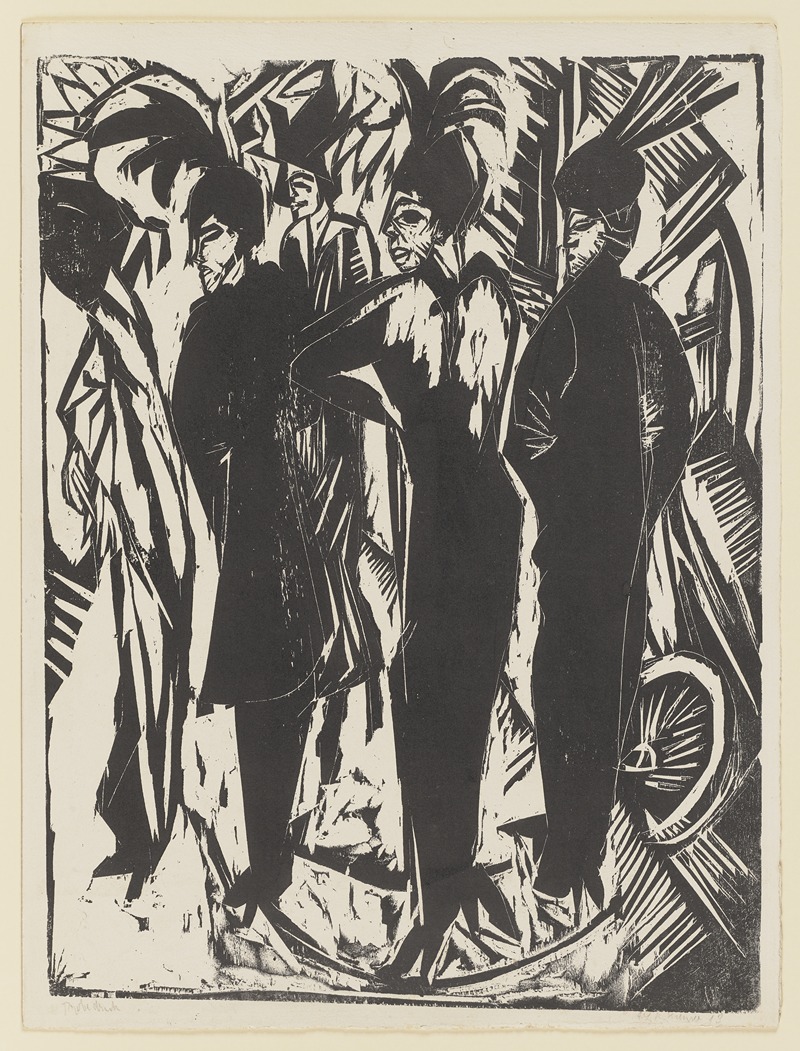
Five Cocottes
A hand-painted replica of Ernst Ludwig Kirchner’s masterpiece Five Cocottes, meticulously crafted by professional artists to capture the true essence of the original. Each piece is created with museum-quality canvas and rare mineral pigments, carefully painted by experienced artists with delicate brushstrokes and rich, layered colors to perfectly recreate the texture of the original artwork. Unlike machine-printed reproductions, this hand-painted version brings the painting to life, infused with the artist’s emotions and skill in every stroke. Whether for personal collection or home decoration, it instantly elevates the artistic atmosphere of any space.
Ernst Ludwig Kirchner was a prominent German expressionist painter and one of the founding members of the artists' group Die Brücke (The Bridge), which played a pivotal role in the development of modern art in the early 20th century. Kirchner's work is characterized by its bold use of color, dynamic compositions, and a focus on the human figure, often exploring themes of modernity and urban life.
"Five Cocottes" is one of Kirchner's notable works, created during a period when he was deeply engaged with the vibrant and sometimes tumultuous life of Berlin. The term "cocotte" refers to a fashionable prostitute or courtesan, a subject that Kirchner and his contemporaries often depicted as part of their exploration of modern urban life. This painting reflects Kirchner's interest in the nightlife and social dynamics of the city, capturing the essence of a rapidly changing society.
In "Five Cocottes," Kirchner employs his signature expressionist style, using exaggerated forms and vivid colors to convey emotion and movement. The figures in the painting are depicted with elongated limbs and angular poses, a stylistic choice that emphasizes their elegance and the frenetic energy of their environment. The use of color is particularly striking, with bold contrasts and a palette that captures the artificial lighting and vibrant atmosphere of the urban setting.
Kirchner's work often reflects his fascination with the psychological aspects of his subjects, and "Five Cocottes" is no exception. The painting captures a sense of both allure and alienation, a duality that is central to much of Kirchner's exploration of modern life. The figures, while glamorous, also appear somewhat detached, reflecting the complexities of their social roles and the broader themes of isolation and connection in the modern world.
The painting is also notable for its composition, which draws the viewer's eye across the canvas and creates a sense of movement and interaction among the figures. This dynamic arrangement is a hallmark of Kirchner's work, demonstrating his ability to convey the energy and tension of urban life through visual means.
"Five Cocottes" is a testament to Kirchner's skill as an artist and his ability to capture the spirit of his time. It reflects the broader trends in expressionism, where artists sought to convey subjective experiences and emotions rather than objective reality. Kirchner's work, including this painting, has had a lasting impact on the art world, influencing subsequent generations of artists and contributing to the development of modern art.
Today, Kirchner is celebrated as one of the leading figures of German expressionism, and his works are held in high regard by art historians and collectors alike. "Five Cocottes" remains an important piece within his oeuvre, exemplifying his innovative approach to form, color, and subject matter. Through this painting, Kirchner offers a window into the complexities of early 20th-century urban life, capturing both its allure and its underlying tensions.





